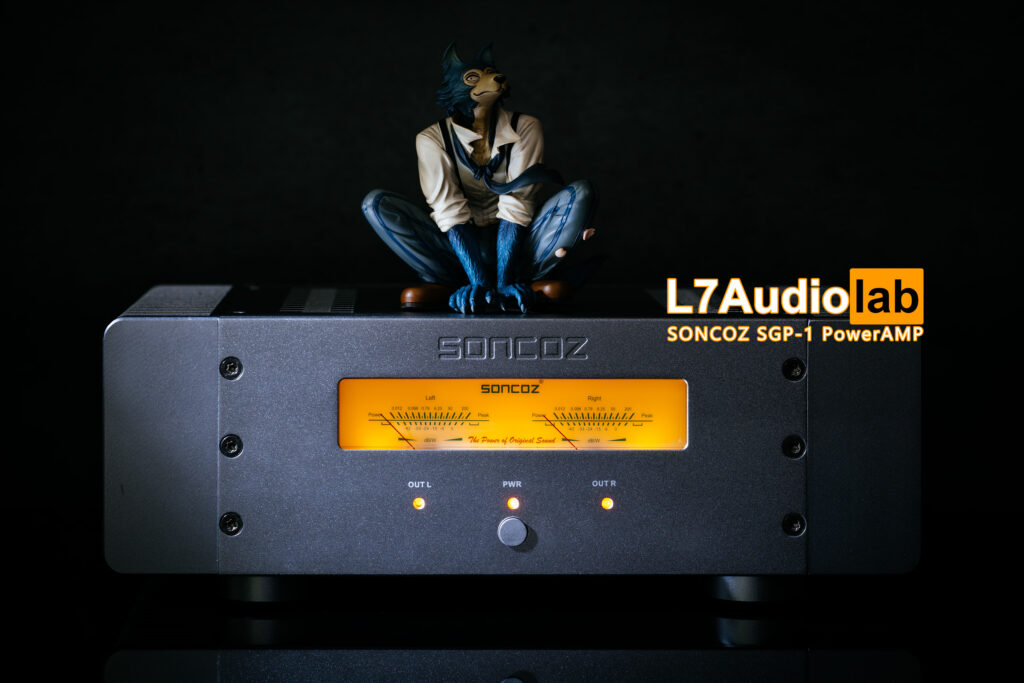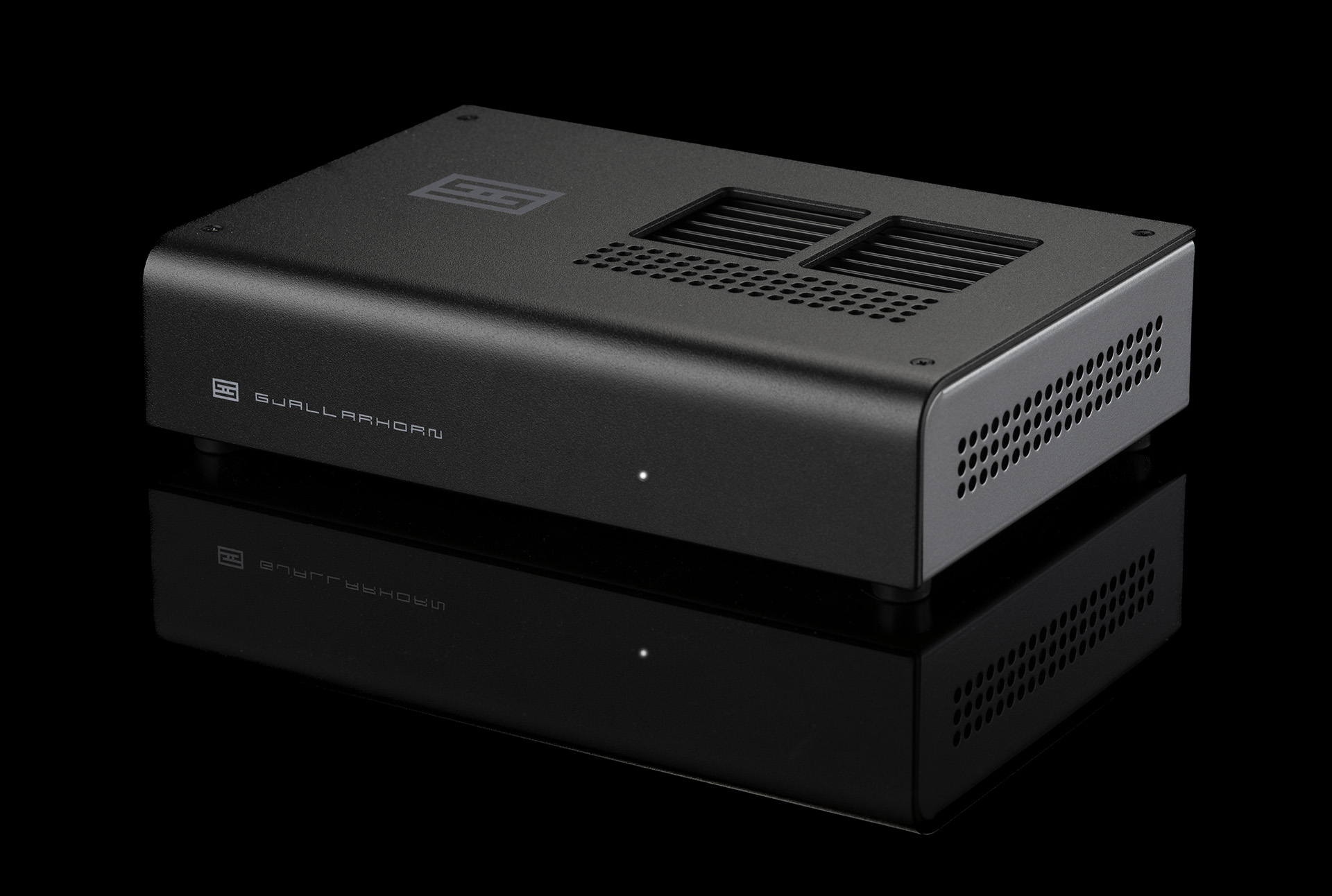He's perfectly correct.
Just for fun, I ran a Tripath TA-2024 (6W@8R/0.1%-11W@4R/0.1%) board yesterday from a benchtop variable supply into a few pairs of smallish two way bookshelf speakers on my lab desk, driven by CD. Within perhaps 15 minutes of listening to 80s pop classics, I'd pulled the plug and swapped in a Yamaha A-S300 (60wpc@8R) I had lying around doing nothing. Consider my partner was reading at the time, maybe 20ft away, so it wasn't very loud. Not even close, the difference with dynamics was staggering.
And I was monitoring the current peaks on the PSU to see what the Tripath was pulling. It only pulled close to 1.2A (both channels- 14W peak consumption) a few times, but the inability to render transients in the music I was familiar with, was obvious.
The case for a low powered low THD desktop amplifier is intriguing and fun, but in reality, it isn't HiFi, cannot remotely convey any sense of scale, or dynamic contrast and reeks of penny pinching in the extreme.
One small step up from powered plastic multimedia speakers in 1990s.
But, they are very cute, I give them that.





